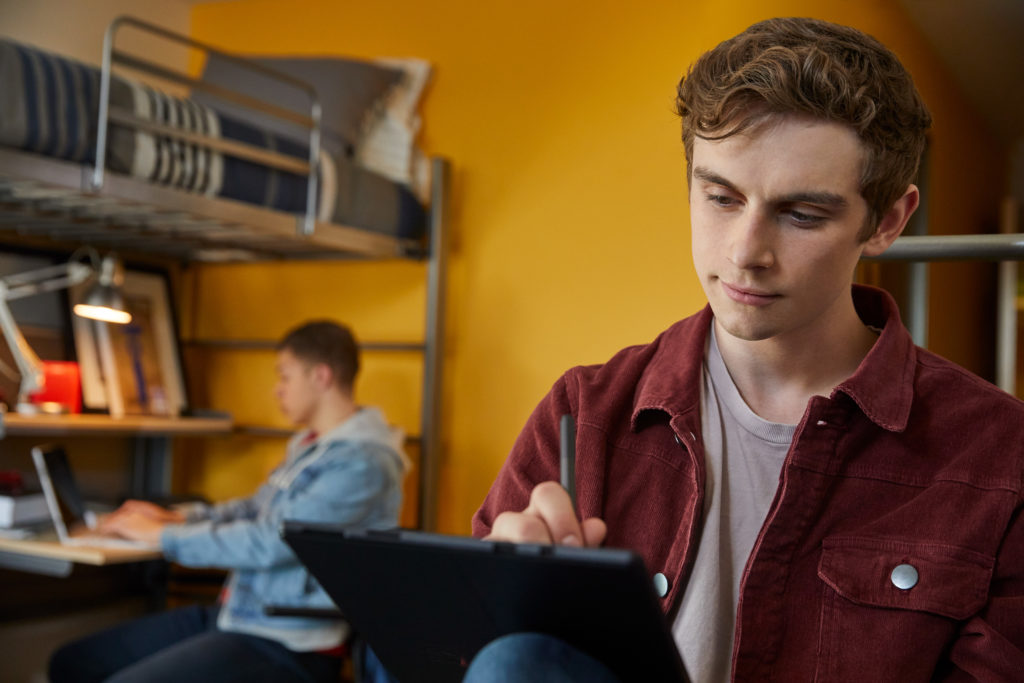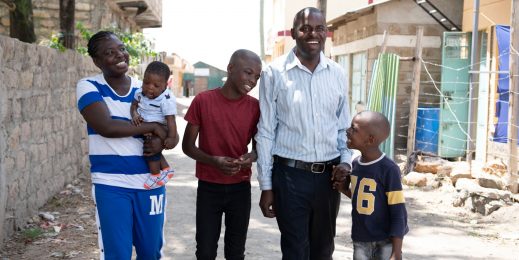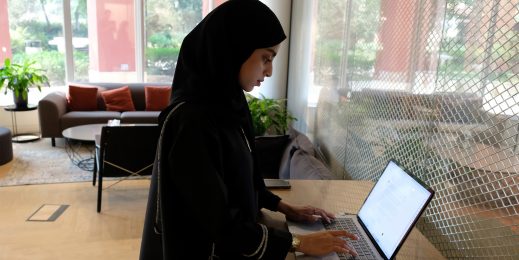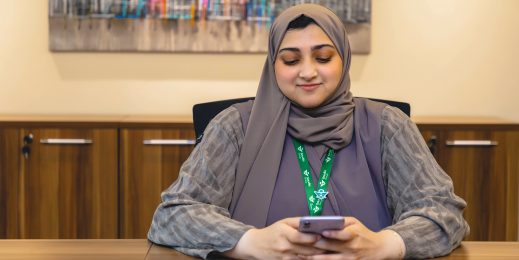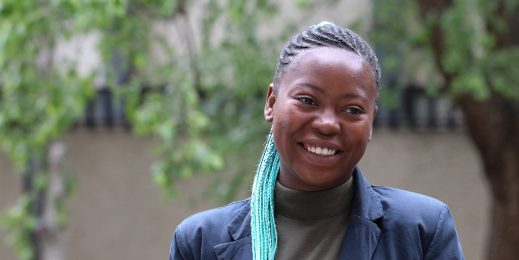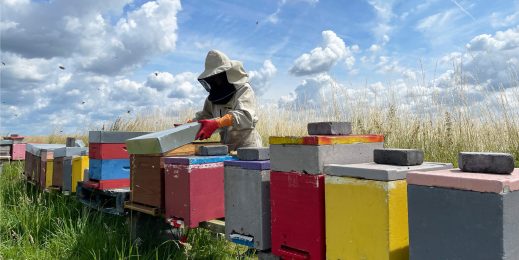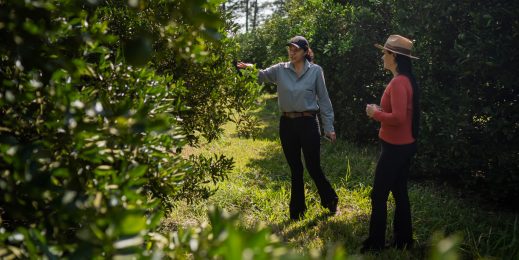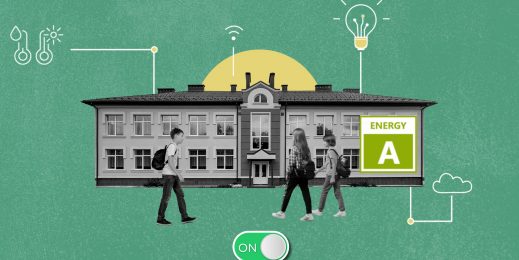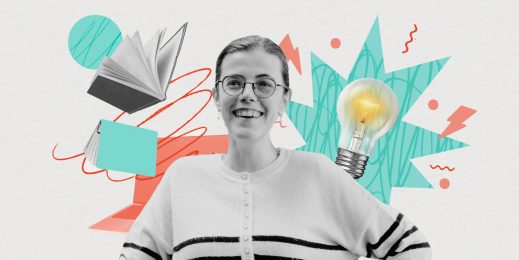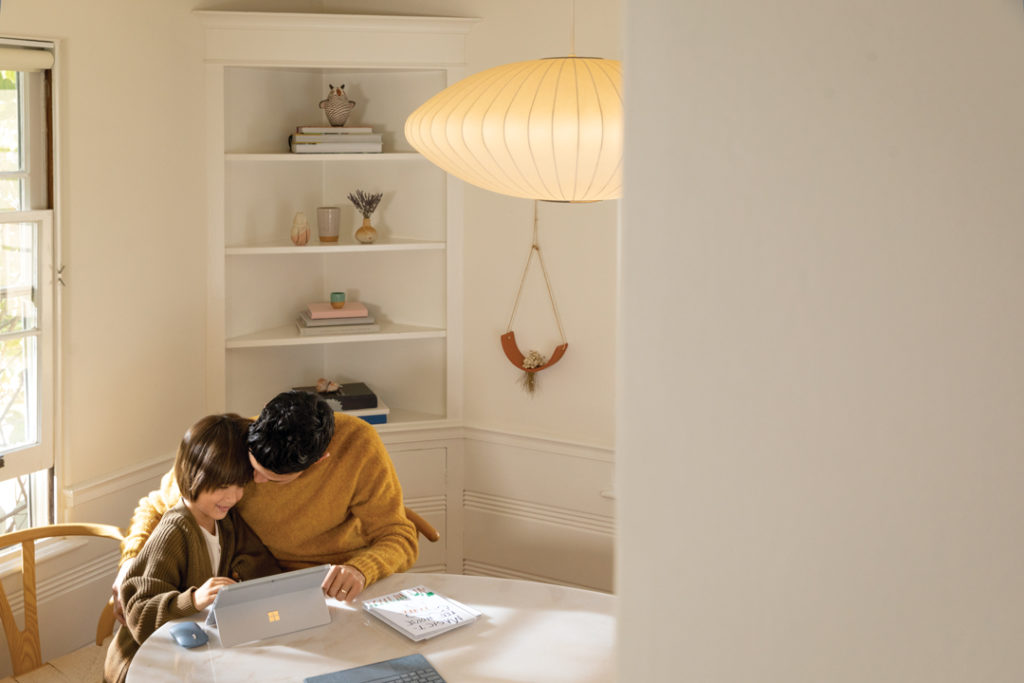
How teachers are blending traditional learning with digital innovation
As Alexa Joyce, Microsoft Director Education and Skills, EMEA, writes in her recent blog the genie of remote learning is indeed out of the bottle. As the new school year commences, we enter an important period to explore how we blend this new type of learning alongside the more traditional in-classroom approach for the long-term, rather than as a temporary measure. Doing so, while remaining cautious of the pandemic’s continuing peaks and falls. Excitingly, teachers from across European countries are already embracing this call to action to seize this moment and define education’s ‘new normal’.
One digital size doesn’t fit all
In transitioning to remote learning, many teachers rapidly discovered that the online classroom does not function in the same way as the physical one. As a result, schools are adapting their approach to learning and creating new pedagogies.
At the Nedvědova Elementary School in Olomouc, Czech Republic, the teachers are using digital solutions to diversify the learning approach, ensuring the right age groups receive the appropriate contact with technology.
 Pupils up to grade 4 exclusively use the simpler elements of Teams for lessons, with teachers leading calls. Students from grade 5 upwards have Office 365 incorporated as well as Teams channels based on each subject. Here, they receive support from teachers, have teaching materials, submit their work and test their knowledge with Forms. In all grades however, teachers are using Teams as an important mechanism to keep students connected while they are physically apart.
Pupils up to grade 4 exclusively use the simpler elements of Teams for lessons, with teachers leading calls. Students from grade 5 upwards have Office 365 incorporated as well as Teams channels based on each subject. Here, they receive support from teachers, have teaching materials, submit their work and test their knowledge with Forms. In all grades however, teachers are using Teams as an important mechanism to keep students connected while they are physically apart.
“The meeting of the whole class is important. Pupils clearly lack social contact and need to see each other.” Miroslav Dvořák, Deputy Headmaster, Nedvědova Elementary School
Some schools have re-centered the classroom in more subtle ways. For example, at the First Primary School in Gotse Delchev, Bulgaria, school starts at 9am as normal. But interestingly, the school has looked to shorten online, remote lessons from the usual 30 minutes in-classroom time to 20 minutes for younger students to help keep them engaged. The school has also adapted its exam timetable in order to focus on consolidating learning. No assessments have yet been undertaken with focus on consolidating learning. However, teachers feel confident they will be able to undertake exams in Teams when the time is right.
“Assessment in the classroom in Teams will be very easy: In the Assignments section the teacher can set a practical task and / or test, set assessment points and time to complete the task. The moment the student solves the test and clicks the send button they can immediately see their success.” Lyudmila Dermendzhieva, Teacher, First Primary School
Centering the online classroom on the student
In recent years teaching has in small ways looked to move away from the focus being on the teacher presenting to students and then testing their knowledge to a more interactive and engaging approach where students learn by exploring and creating themselves and the educators act as facilitators, not only as instructors. The circumstances created by the pandemic has accelerated this trend.
For Dr Umang Shah and Dr Vijesh Bhute, lecturers in Chemical Engineering at Imperial College London, one of the keys to successful remote learning has been taking a student first approach. The lecturers have looked to put real focus on what styles of teaching and technologies students found useful, or not, in order to bridge the remote learning gap.
One example of technology they are using to make lab-based learning more engaging is HoloLens. When initially implementing this technology the lecturers worked with students and sought their input to ensure the technology worked seamlessly to provide best possible learning experience.
“Teachers can’t just replicate what they were doing in the classroom, this is a very different situation, they have to adapt the way they teach and learn how to effectively make use of technology to ensure the content is truly accessible to students.”Dr Vijesh Bhute, Teaching Fellow, Department of Chemical Engineering, Imperial College London
 Another great example of this is at the Rudolf Dilong Elementary School in Trstena, Slovakia. Here, teacher Peter Pallo is looking to ensure that online activities engage the student’s senses to make up for the loss of physical interaction caused from being away from the classroom. To achieve this, Peter incorporates dance and play into his digital classes, for example by using his accordion to create an audible connection that helps the class feel more together while they are apart. Another way Peter connects the senses is through a guessing game. Here, he invites non-traditional guests onto his class Teams calls, some of which have been well-respected personalities in Slovakia, and big surprises for the class. From well-known entertainer and TV moderator Adela, to the children’s book writer Daniel Hevier, and the biggest of all, the country’s President, Zuzana Čaputová.
Another great example of this is at the Rudolf Dilong Elementary School in Trstena, Slovakia. Here, teacher Peter Pallo is looking to ensure that online activities engage the student’s senses to make up for the loss of physical interaction caused from being away from the classroom. To achieve this, Peter incorporates dance and play into his digital classes, for example by using his accordion to create an audible connection that helps the class feel more together while they are apart. Another way Peter connects the senses is through a guessing game. Here, he invites non-traditional guests onto his class Teams calls, some of which have been well-respected personalities in Slovakia, and big surprises for the class. From well-known entertainer and TV moderator Adela, to the children’s book writer Daniel Hevier, and the biggest of all, the country’s President, Zuzana Čaputová.
“What was great was the children never knew who would be in the class, the guest would gradually reveal themself through the Teams games which we played. It was a great way to engage the children’s attention. They learned, guessed who it was, and they were pleasantly surprised.” Peter Pallo, Teacher, Rudolf Dilong Elementary School
At a country level, Georgia’s Ministry of Education, Science, Culture and Sport in collaboration with the government’s Education Management Information System (EMIS), has completely changed how education is experienced for teachers and students across the country’s public schools (5-18 years). For 111 schools, a pilot Minecraft Education Edition program was launched to diversify the curriculum, stimulating greater student creativity, engagement and collaboration.
“Psychologists and teachers agree that youngsters absorb material better when they have fun. Minecraft Education Edition captures the spirit of education as well as play. It incorporates a module where you can build virtual museums, castles, or historical monuments, sparking interest not just for your own culture but for the culture of others.” Dr. Mikheil Chkhenkeli, Minister of Education
Leveraging data to improve learning outcomes
New digital technologies are also providing valuable insights to support schools and universities in creating efficiencies and delivering a more tailored education experience.
One institution which has embraced this new approach is the University of International Business (UIB) in Kazakhstan. UIB uses analytics to evaluate the effectiveness of online education. It examines how much homework is being given and whether the homework that is completed isn’t plagiarized, what the grades are, and the teacher’s impact in the class.
UIB is also using tech to automate tasks such as homework and even class material, ensuring teachers’ time is used to focus on deeper discussion on topics with students, enriching the learning experience.
“We post video lectures, and our system automatically selects and offers each student an additional five new relevant articles on the subject being studied. After studying them, students come to class and ask the teacher questions that they do not understand. This is a very effective mix of remote classes and meetings with the teacher.” Nurken Musabayev, Vice-Rector for Digitalization, UIB
Teaching the teachers
Not all the educating that has taken place since remote learning was implemented is being carried out by teachers.
In the spirit of true collaboration, students In the Ukraine have actually been playing an active role in helping their professors use technology to minimize the disruption to education. Five students, participants of the Microsoft Learn Student Ambassadors program, took part in an event where 800 teachers discussed their practical challenges of moving education online and how to use Teams in the most effective way. The students decided to use technology to make using technology easier for educators so they can focus on their core work: teaching.
Using QnA maker, an Azure-based service that applies AI to create a conversational layer over existing data, the students created a bot that quickly finds answers to a variety of basic questions related to Microsoft Teams. As a result, professors are now able to adapt to running seminars in a new virtual way allowing students the best opportunity to learn without any ‘technical glitches’.
“Each submitted question makes the bot smarter, in addition, the system analyzes them and identifies alternative questions (those that are similar to the main one). This feature is called “Active Learning”, it is useful and saves time.” Serhiy Onyschenko, Microsoft Learn Student Ambassador
Ensuring a new normal is truly inclusive and accessible
It is truly inspiring to see how schools and universities across the region have incorporated technology to adapt, innovate and ultimately succeed in continuing learning during these challenging times. What we must ensure however, is that the implementation of technology is inclusive and accessible.
“Some children simply don’t have a smart device or adequate WiFi. In the first instance the school let children take school computers home, but this is not a long-term solution.” Levs Rusilo, Teacher, Riga Jugla Secondary School
The Riga Jugla Secondary School in Latvia have used this period to really challenge the traditional school timetable, for example by starting interdisciplinary lessons such as math with art to teach students about circles. While these kind of innovations to the curriculum are exciting to see, a more comprehensive digital approach is still a work in progress and the school highlight the digital divide as a key reason to progress faster and further.
One example where technology has improved accessibility is the Lodz University of Technology in Poland. Here, students reported that Teams has made education more accessible to the visually impaired. The ability to freely zoom-in at the screen has allowed those with visual impairments to better and more clearly receive the presented materials when compared to a physical audience at a large lecture hall. Virtual lectures, which may have initially felt distant and inaccessible to professors and students, were actually more engaging and inclusive in some respects.
It is important that we look to create the new normal, we proactively seek solutions that enable inclusion and are accessible to all.
As educational institutions continue to adapt to the pandemic, balancing classroom and virtual teaching, this will be an academic year unlike any other. But one thing is for certain: the ingenuity and creativity of teachers throughout Europe will ensure students continue to receive engaging and enlightening learning experiences.





